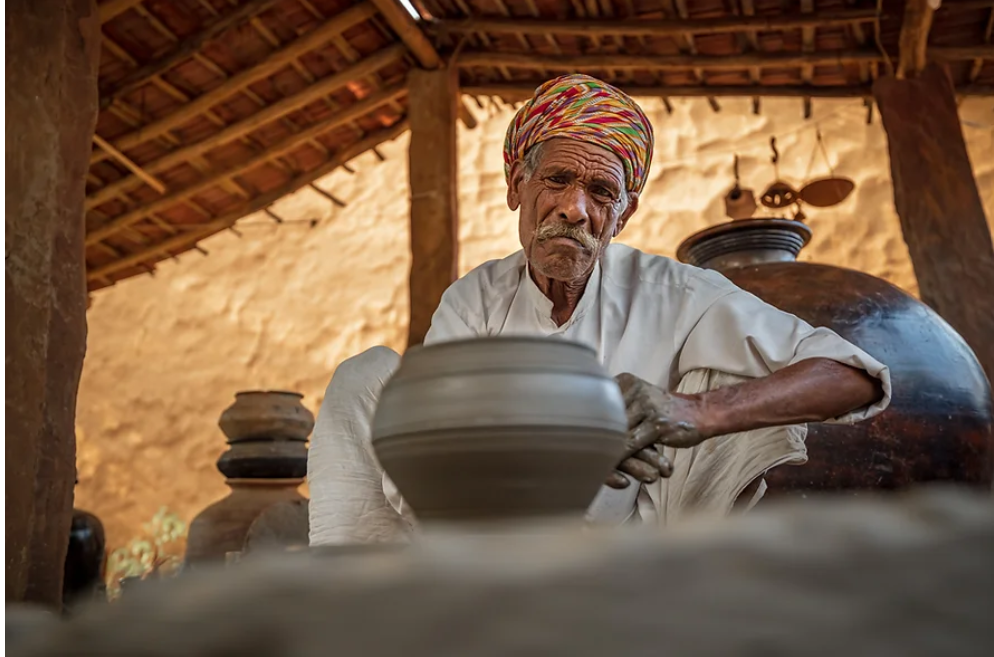
Look around you - have you noticed the little handicrafts you house? It may be the tiny, colorful claypot or a wooden toy, whose roots remain forgotten.
With miniscule significance these lie around in our own homes, but they’ve got a great deal to show and tell about their time; like a little time machine, carrying culture and a treasure trove of history. Museums that house these artifacts have a great deal to brag about - ornaments, decorations of all kinds that transport it's visitors to a different time altogether.
The origins of these may exist far behind on our timeline but they sure do have fabulous stories to tell. My paternal grandmother once showed me how to make a small toy out of eerkili (mid-rib of a coconut leaf) and a dwarf coconut - oh, what ridiculous noises it made! I giggled while she told me that someone might have been so tired of their infant sobbing that they made this to distract the little child. And, some stories involve utility carried through centuries - my maternal grandmother religiously keeps some amount of water in an earthen pot with pebbles in them, and I simply love to call it kallu vellam (transliterated- stone water); and why does she do that? These pebbles are known to filter out harmful particles in water and give it a refreshing touch, as though it were refrigerated
Someone said, “If the Indian map was depicted by it's craft clusters, it would be a vibrant diamond, housing pockets of handicrafts along it's length and breadth.” Be it the Putli Bhat community’s Kathputli, which is one of the oldest puppetry forms in the world or lost wax casting - Bastar Dhokra metal art or the rich painting tradition in India beating the myriad ages gone by; each of these has a narrative of it's own.
Give this a thought- the more visibility the handicraft sector gets, 68.86 lakh artisans are uplifted along with 38 lakh women and a large population of the minority section of our society. A lesser - known fact, the crafts sector is the second largest source of employment after agriculture in India!
So, gift stories; give the cultures of these little - known crafts and their origins; something that one can look at thinking “what’s the story behind this handicraft?”
Find this and more at Ahavah Crafts !
- Written by Anne Susan Varghese

